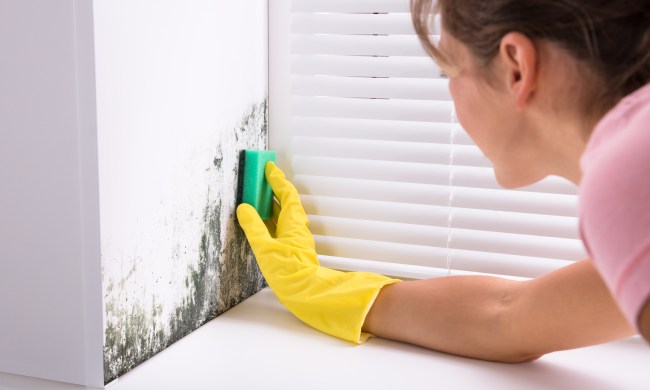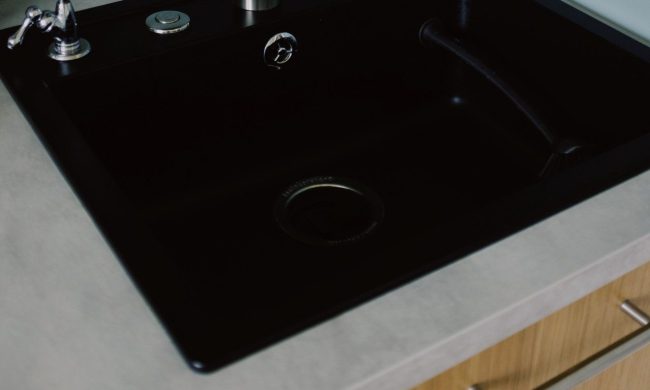Does your dog hide every time you turn on the vacuum cleaner or put your dirty clothes in the washing machine? They’re in good company. A recent study completed by Compare the Market, a UK price comparison website, found that more than four out of five dogs are afraid of at least one household appliance. That’s a lot of anxious pups!
Read on to learn which household items freak out dogs the most and why these objects are so upsetting. You’ll also discover a few techniques you can use to comfort your scared dog.
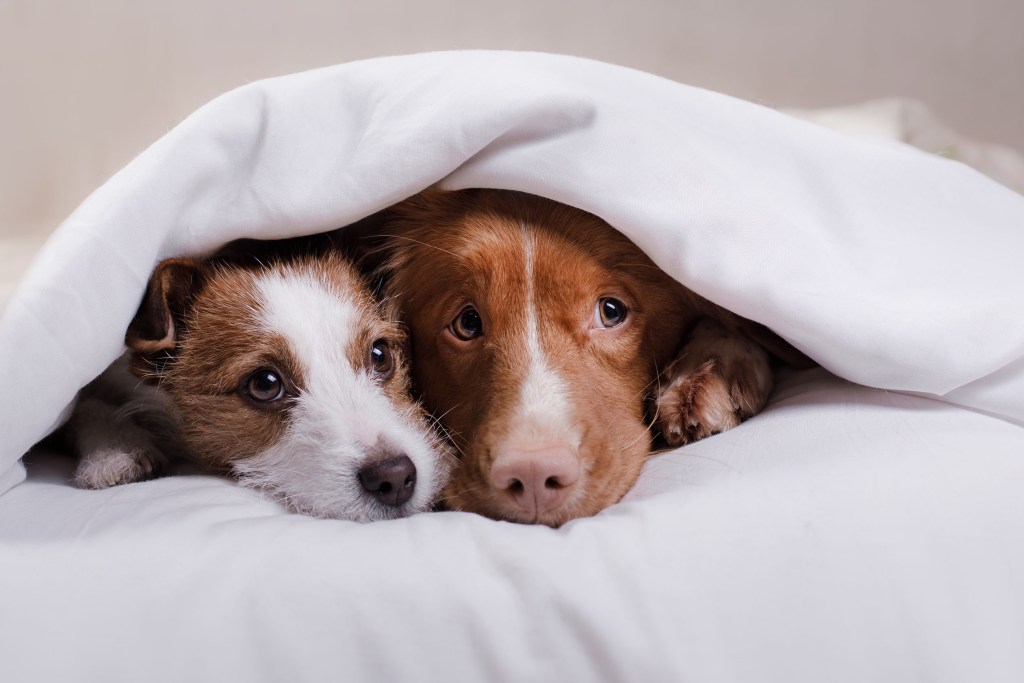
Common household objects that freak out dogs
Compare the Market polled 1,000 dog owners to learn more about pet anxiety in the home. They asked owners which objects caused their pets the most strife and how pups react to the stressors. Which everyday household items are the most stress-inducing? Vacuum cleaners are the scariest appliance to dogs, with 45% of pet parents reporting that their pets cannot stand the cleaning tool. Unsurprisingly to many pet owners, devices that make the loudest noise are most-despised by dogs.
According to the study, these are the biggest villains in the home:
- Vacuum — 45%
- Hairdryer — 24%
- Lawnmower — 21%
- Washing machine — 15%
- Blender — 13%
- Broom — 10%
Dogs show a range of behaviors in response to their least favorite appliance. Around 20% of pups show signs of aggression when their enemy approaches. They may begin barking excessively, chewing, or trying to attack the object when they feel threatened by it. Most dogs, around 40%, choose to flee when the object they fear is in use, opting to leave the room instead of confronting the appliance. A fifth of pups will cry or whine until the machine is turned off. Around 10% of pet owners also reported that their severely stressed dogs begin panting, which can signify serious anxiety.
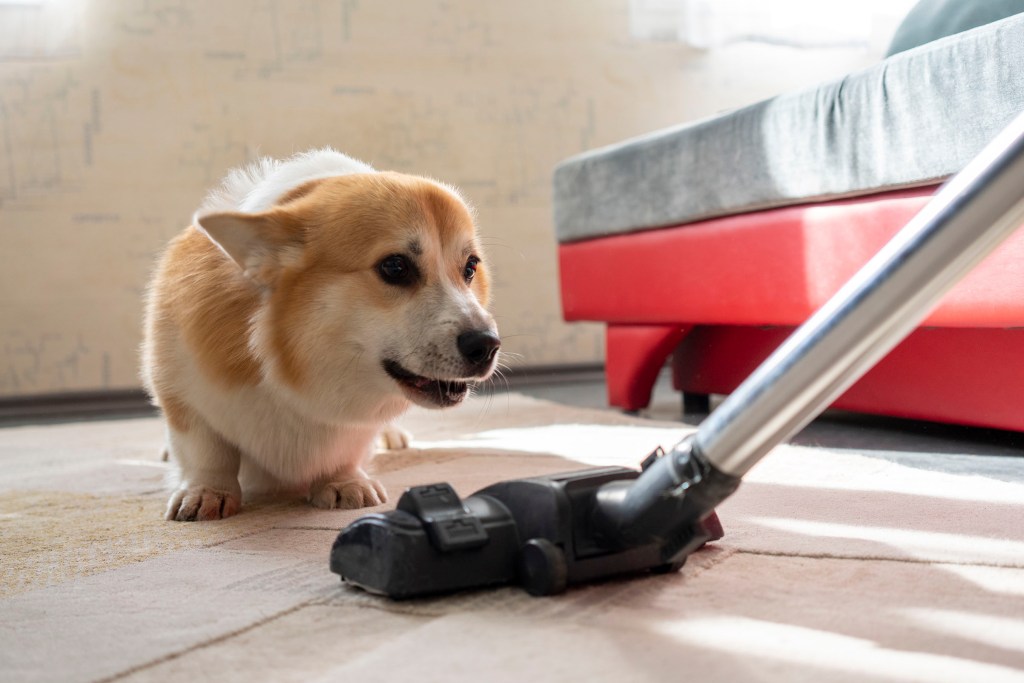
Why are dogs so scared of loud noises?
With the exception of the broom, the five most feared home goods are also some of the loudest devices in the home. It’s no shock that these noisy appliances are the most stressful; dogs’ hearing is about four times more sensitive than humans. They’re capable of hearing sounds that are farther away and in higher frequencies than we are. If your blender is loud to you, just think how your dog feels about it.
Vacuum cleaners (and, to a lesser extent, brooms) are especially frightening for pups because of their mobility. They move around willy-nilly and kick up all sorts of scents, disrupting the environment that your dog is most comfortable in. Robot vacuums like the Roomba can be particularly stressful for pups. These devices move unexpectedly around the house and can seemingly (to your dog) appear and disappear without warning.
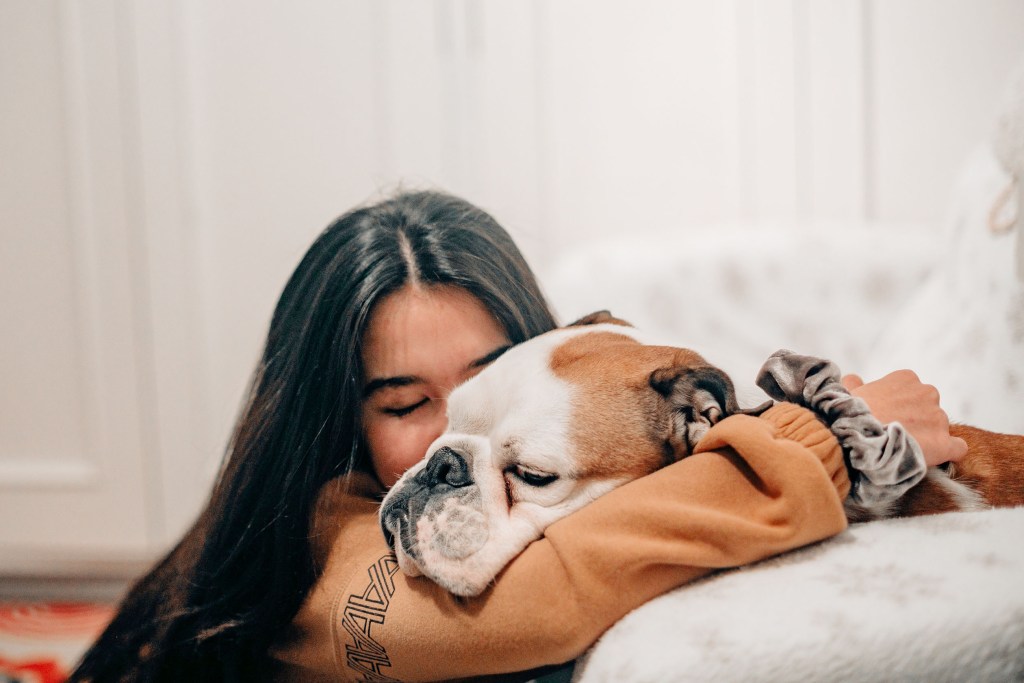
How to ease your pet’s stress
What can you do if your dog, like most pups, gets stressed out by common household items? There are two courses of action you can take: helping them manage their stress or training them to overcome their fear. Training your pet is a more involved and lengthy process, but it can really pay off in the long run. Additionally, training is easier with young puppies but may require more effort for older dogs.
Coping with stressors
Taking these measures can help to ease your dog’s stress whenever you’re using their least favorite household appliance.
- Give them a safe space away from the noise where they can comfortably avoid the device. If your dog becomes aggressive with the machine, ensure their safe space is in a separate, closed-off room.
- Provide your pup with an interactive toy, like a KONG toy, to distract them and keep them content.
- For extremely anxious dogs, talk to your vet about anti-anxiety solutions, like natural supplements or medication.
Training your dog
The goal of training is to change your dog’s view of the household item so they can overcome their fear. This is a slow process that will require lots and lots of treats.
- Sit with your dog in a quiet room. Ask a friend to bring in the appliance while it’s off and still, and start giving your dog treats.
- Repeat this process over a few days to help your dog create a positive association with the item.
- Then, you can slowly introduce movement into the process and, eventually, noise. The whole training process may take a few weeks until your pup is completely comfortable with the appliance.
Dogs are often stressed by common household appliances, like vacuums, hairdryers, blenders, and brooms. These loud and sometimes invasive objects can disrupt your pup’s comfort, triggering a fight-or-flight reaction that may leave them hiding under a table or barking aggressively at the device. But your pet doesn’t have to suffer every time you want to clean your home or make a smoothie. By using the coping tips or training method above, you can ease their suffering and eventually overcome their fear — and never have to feel guilty about using your vacuum again.

